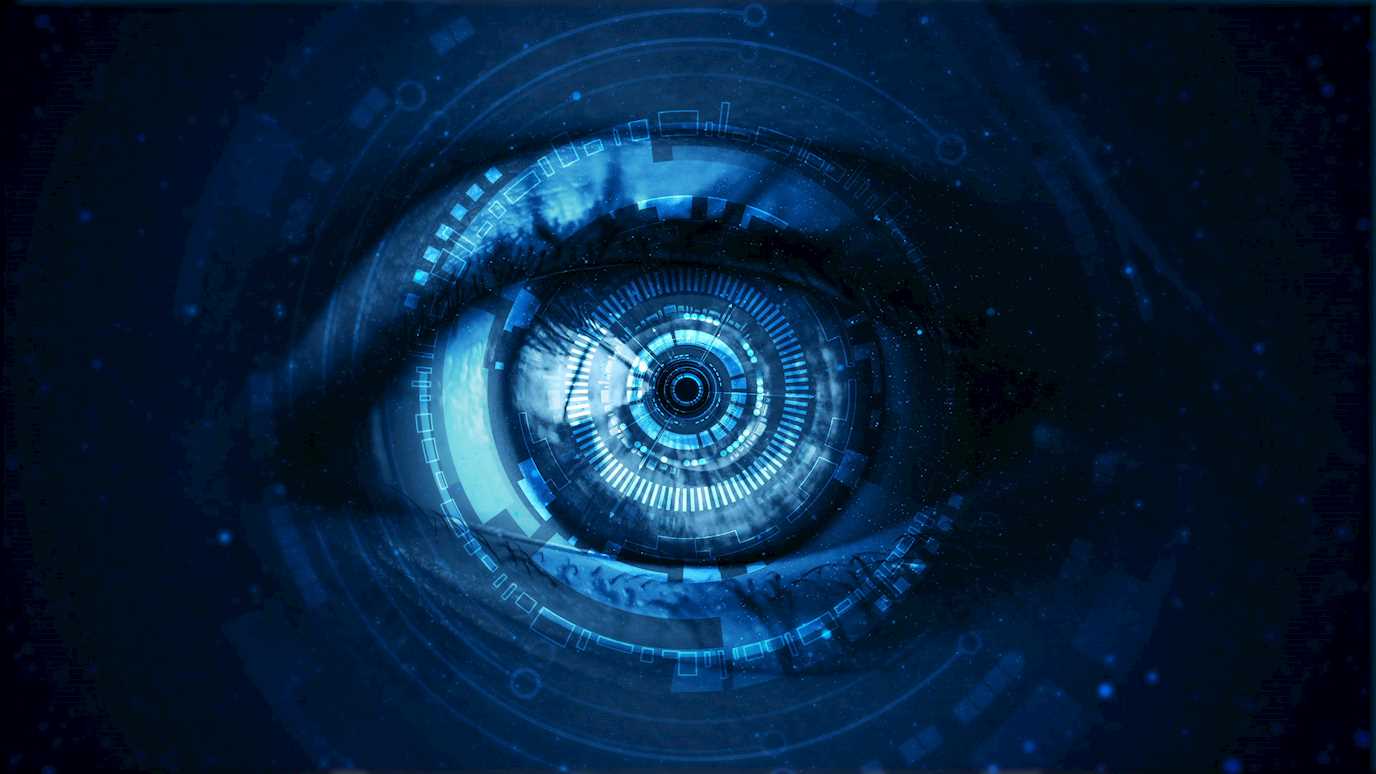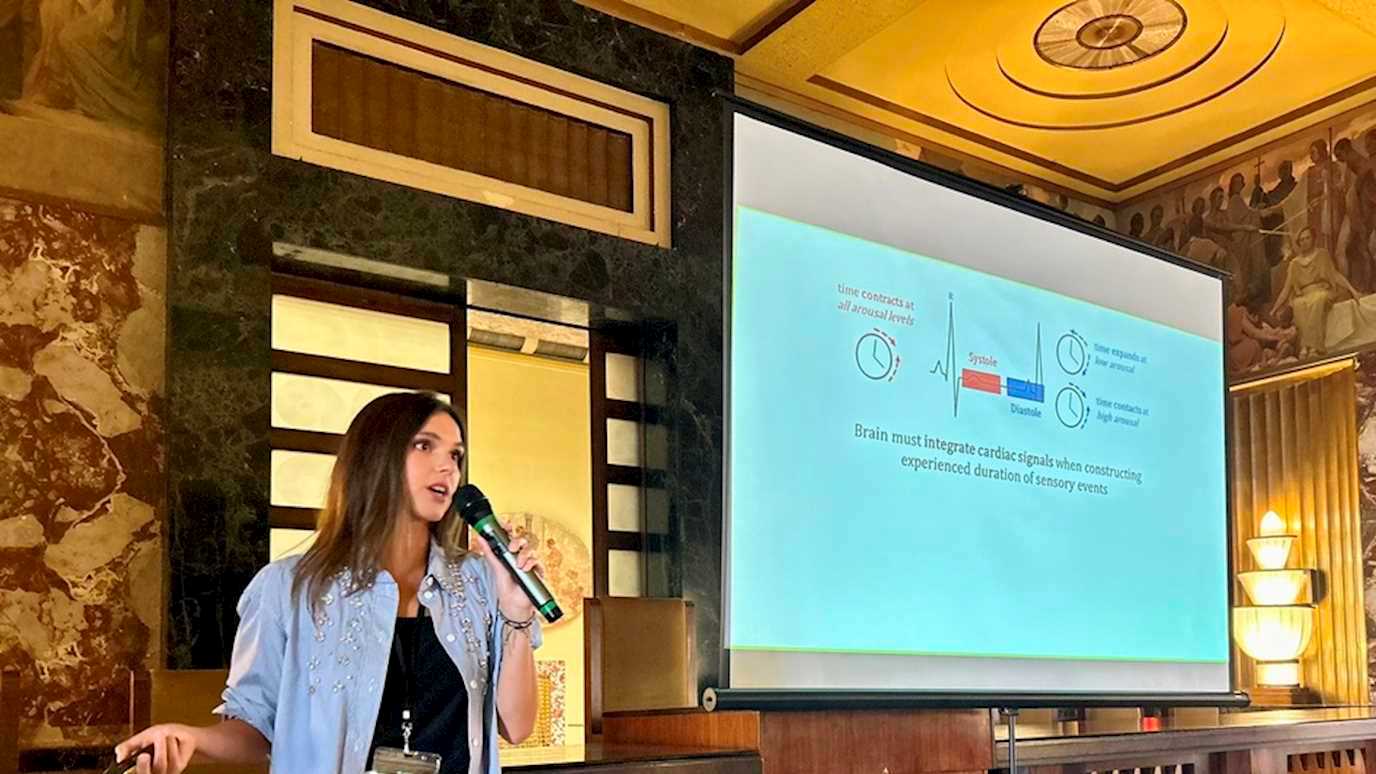Scientists have discovered that humans use the visual part of their brain when processing sounds in the dark, even if they have never had sight in their lifetime.

Researching the nature of interactions between the visual and the hearing system
In a series of studies published in Current Biology, (Decoding Natural Sounds in Early “Visual” Cortex of Congenitally Blind Individuals) an international team of researchers, led by Royal Holloway, explains how scans of brain activity from volunteers who were blindfolded and exposed to bird song, people talking and traffic noise through headphones, used their primary visual cortex to identify the sound.
The same also happened with volunteers who had been blind since birth, and thus showing that neither visual imagery nor visual experience is necessary for the primary visual cortex to decipher sounds.
Dr Petra Vetter, from the Department of Psychology at Royal Holloway, said: “We wanted to know more of the nature of interactions between the visual and the hearing system humans have.
“During the study, we found that, although people with sight may use their visual imagination, those without sight, still used the same part of the brain to translate the sound, meaning that humans have a basic brain mechanism, independent from visual imagery and, more intriguingly, visual experience.
“The study therefore showed that even the earliest part of the visual cortex is sensitive to the information we hear, not just what we see.”
Professor Lars Muckli from University of Glasgow, who has been studying visual processing for years, added: “It is commonly assumed that visual stimuli reaching the human brain are first processed in isolation of other senses, in the “primary visual cortex” – a brain area that distinguishes between light and dark or between different orientations of lines. Maybe this area of the brain is processing an experience of spatial extendedness independent from whether it is communicated via the eyes or ears.
“Only after this first stage of processing, as the theory goes, visual information is transferred further up in the brain hierarchy, where it is linked with information from other senses. In other words, the mainstream view is that at a higher level an object can be linked to a sound, but at a lower level a line and a sound are thought to be processed separately.”
Dr Lukasz Bola from Harvard University, who led the data analysis in this project, said: “Strikingly, we were able to identify the sounds from primary visual cortex activity in blind participants, with even greater accuracy than was achieved in sighted participants.
“In both blind and sighted people, sounds were better distinguished from brain activity in parts of primary visual cortex typically representing the sides of the visual field, rather than the centre of the visual field.
“The part representing central vision - thus processing visual stimuli like letters or faces at a high resolution - seems to be less interested in sounds than the part representing the side of the visual field.”
Professor Amir Amedi from IDC Herzliya Reichman University, added: “The study also adds key evidence to an emerging theory which suggests that shaping up brain specialisations are the tasks performed in each part of the brain rather than the input sense – in our case visual or auditory input to the visual system.”
The researchers emphasize the adaptive value that such early cortical interactions between vision and audition might have. The auditory signals may be very useful in preparing our visual system for what we will see in a moment or in guiding our attention to specific parts of the visual scene – especially to its sides, where vision is considerably less precise than at the centre.
These mechanisms seem to be basic and evolutionarily old enough to be conserved even in people who have never seen anything. Thus, these findings show the importance of genetic blueprints in shaping the organisation of the visual brain.























